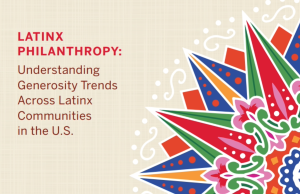The world of development and fundraising can sometimes benefit from borrowing ideas and approaches from other disciplines. One of the most useful might be the concept of a “pain point.” Marketing professionals talk about it in customer terms: What is the thing your customer struggles with that your product or service can help address?
Stretch your definitions of pain for a moment to include a foundation’s challenges. The most common reason in rejection letters is too many good projects, not enough money to go around. Sometimes a foundation has a defined geographic focus but its leaders acknowledge that the “problem” exists outside its region — and wants to address the issue even though its grantmaking doesn’t cross the county line. Sometimes a foundation’s leaders make public statements about shifts, changes and realignment of priorities, often driven by a strategic planning process.
What can you offer the foundation that might address any of these “pain points?” Maybe there are ways you can collaborate with another nonprofit to stretch a foundation’s grant dollars. You might take the bold step of suggesting other nonprofits within the foundation’s service area of which you think they should be aware. It’s hard to imagine telling a funder about a “competitor” unless you truly embrace the idea of a real collaboration over time.
In this case, your first step would be to reach out to managers at the other nonprofit and see if there’s some synchronicity between their work and that done by your organization. If so, then your proposal will be stronger because you can demonstrate that you know the local scene, are a team player, and by cooperating with others, you will stretch the impact of the foundation dollars.
“If a foundation announces a shift,” said Thomas Boyd, chief editorial consultant for The Grantsmanship Center in Los Angeles, Calif., “it’s perfectly OK to ask about their decision, not to challenge the change but to learn from it.”
It’s important to remember that the foundation doesn’t exist to give you money. It exists to make changes and improvements in society, the same drivers behind the creation of your nonprofit. There are some who argue that because the foundation has all the money, they “should” just fund you to do the work.
A better balance might be to recognize the pressures and demands on a foundation — its pain points — and find ways to address them. © Copyright 2022 The Grantsmanship Center










